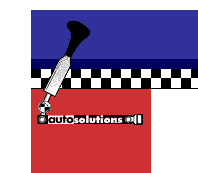


Have you noticed how shifting in the same gear over when the engine is off and the car stopped is easier the 2nd time or third time around? Here’s why:
The shifting force travels along the shift rail and pushes it forward. Small spring loaded detent balls climb on a ramp cut into the shift rail and overcome the resistance of small springs (1)
Similarly the shift rail activates shift forks that in turn move the synchronizer sleeve compressing other detent springs (2) and allowing the sleeve to engage the desired gear and couple it to the rotating shaft.
The final and greatest resistance is due to the synchronizer-sleeve teeth aligning themselves with their counterparts on the selected gear. When the transmission is not rotating this resistance (3) needs to be overcome only once. It will not reappear until the transmission is rotated and the gears are no longer aligned.
This leaves only the two smaller resistances (1) and (2) to overcome on a second and third shift

|
|
|||
| Path of the shifting force | Static resistance withintransmission | ||
| Clearances in External Linkage | Dynamic resistance within transmission | ||
| Other Clearances | The Ideal Shift Linkage |
|
|
| © Copyright 1999 Autosolutions, L.L.C. No portion of this site or its contents may be reproduced without explicit permission from Autosolution, L.L.C. Web site designed and maintained by innovative design productions |
